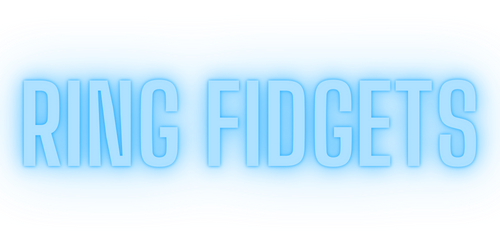
Relive the rise and fall of Flappy Bird and its viral success.
In the early days of mobile gaming, few titles achieved the extraordinary level of virality that Flappy Bird did. Developed by Vietnamese game designer Dong Nguyen, Flappy Bird was released in May 2013, but it wasn't until early 2014 that the game exploded in popularity. Simple in design yet maddeningly challenging, the game quickly captivated millions as players struggled to navigate a pixelated bird through an endless series of green pipes. This blog post takes you through the fascinating rise and eventual fall of Flappy Bird, exploring the unique factors that contributed to its rapid ascent and how it became a cultural phenomenon.
The Simple Concept Behind the Madness
Flappy Bird's charm lay in its straightforward gameplay mechanics. Players tapped the screen to make the bird flap its wings, aiming to maneuver through a series of obstacles without crashing. The controls were easy to grasp, yet the game's difficulty made it incredibly addictive. Its retro graphics and peppy soundtrack contributed to its nostalgic appeal, reminiscent of classic arcade games. It was this perfect blend of simplicity and challenge that created a maddening experience, attracting a diverse demographic of players who couldn’t resist the urge to get “just one more try” at the game.
Viral Success and Social Media Buzz
The unexpected virality of Flappy Bird was significantly boosted by social media. Players shared their scores, challenges, and memes, which created a massive buzz. Platforms like Twitter and Facebook became vibrant forums where users exchanged strategies, comparisons, and frustrations. Influential YouTubers and streamers added fuel to the fire by showcasing their gameplay, which opened the floodgates for millions of downloads. Within just a few months, Flappy Bird shot to the top of mobile app stores, having been downloaded over 50 million times, making it a staple of mobile gaming discussion.
The Emergence of Flappy Bird merchandise
The success of Flappy Bird transcended just digital downloads; it gave rise to an entire line of Flappy Bird merchandise. Fans and entrepreneurs seized the opportunity to create plush toys, shirts, and phone cases featuring the iconic little bird. These items quickly became hot commodities due to the game's high profile. Merchandising not only extended the life of the Flappy Bird brand but also deepened its imprint on pop culture, showcasing how a simple mobile game could evolve into a phenomenon influencing various product lines.
The Game's Withdrawal and Its Legacy
However, with great success came unexpected challenges. In February 2014, just as Flappy Bird reached its zenith, Nguyen made the shocking decision to remove it from app stores, citing concerns over its addictive nature and the stress it generated among players. His withdrawal left fans outraged and confused, further solidifying the game's legendary status. Although it was gone, the Flappy Bird legacy continued, influencing countless other apps and spawning similar games. Many developers attempted to replicate its formula, demonstrating just how impactful a single game could be in shaping trends in mobile gaming.
A Unique Chapter in Gaming History
Flappy Bird's story is a unique chapter in gaming history, epitomizing the unpredictable nature of viral phenomena. From its simple mechanics to its colossal spikes in popularity and subsequent withdrawal, the rise and fall of Flappy Bird resonate with the ever-changing landscape of mobile gaming. Beyond the immediate success and Flappy Bird merchandise, its impact continues to be felt, reminding us of the fine line between digital delight and distraction. Whether as a fleeting trend or a lasting legacy, Flappy Bird will always have a place in the hearts of gamers worldwide.
